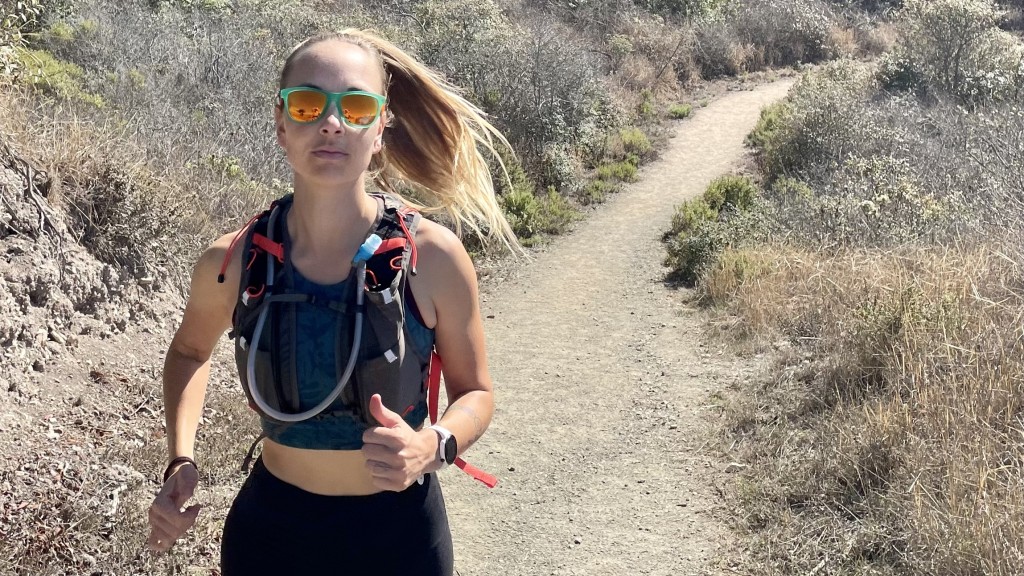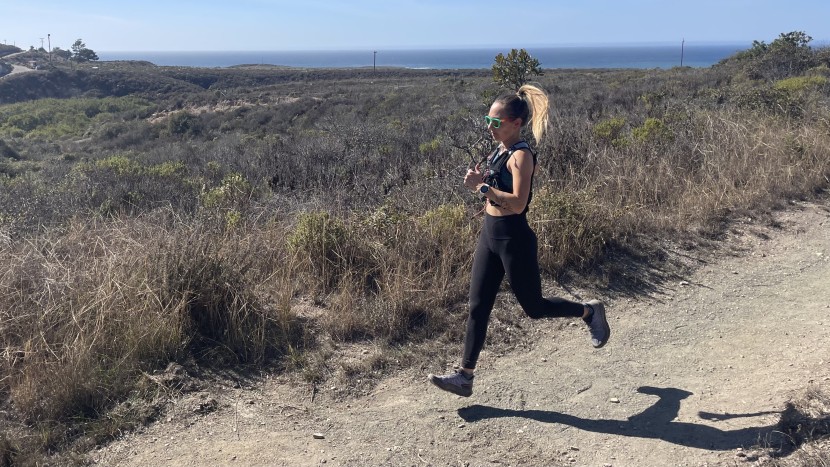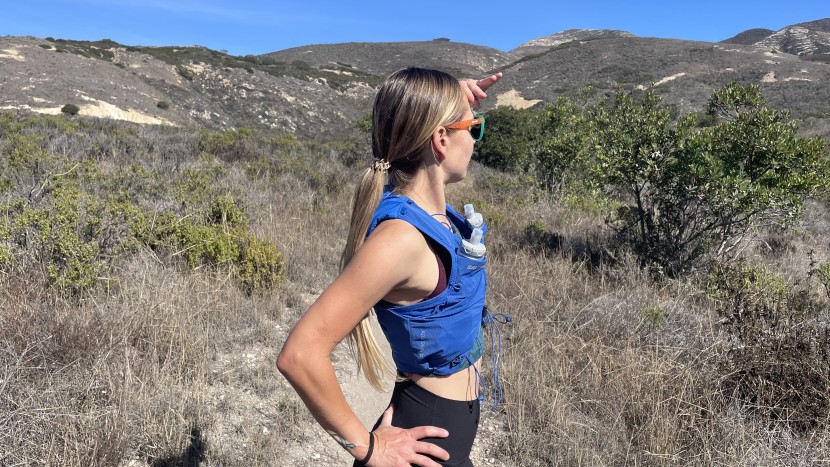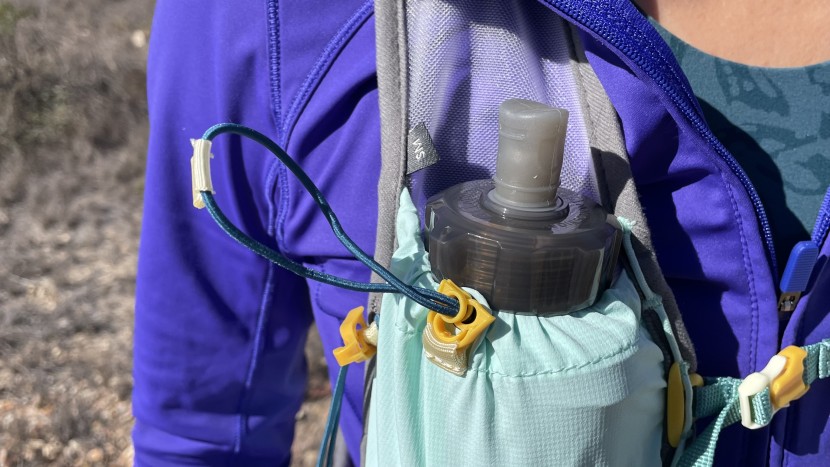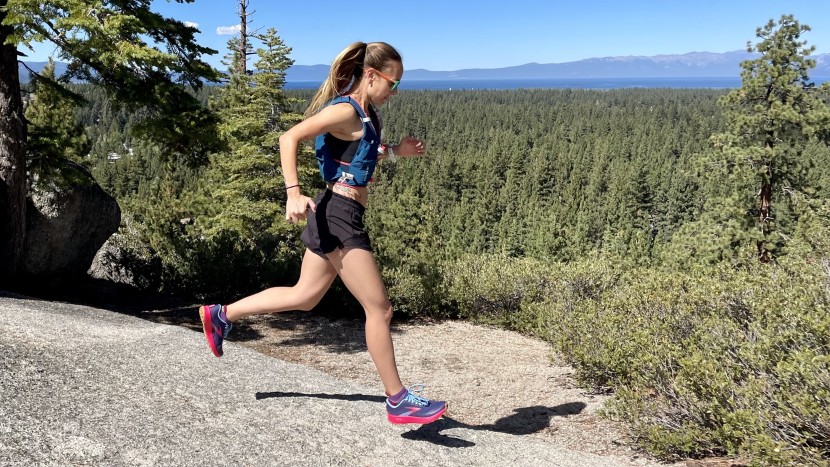Hydration packs are good for so much more than just ultra-marathoning. Having easy access to water is key, and the technically engineered hydration systems built into these vests are incredibly useful, even if some are more easily utilized than others. We strapped on each running hydration pack over and over again and ran until we could run no more. We bagged peaks in the Pacific Northwest, meandering along rivers, and enjoyed some epic long runs on the beach to test these vests in various situations. We executed road runs in the heat and persistent rain to ensure a thorough testing regime. Our collection of hydration vests has become one of our most prized running sidekicks. We are happy to compare each vest side by side, so you don't have to.
Comfort
Comfort is king, and as the miles multiply, this truth only intensifies. Nothing kills our runners high faster than chafing and discomfort when high atop a mountain peak, even if the views are golden. We noticed that packs that initially seemed comfortable became less so the longer we wore them throughout our testing. This is to be expected, but we were happy to do this dirty work, so you don't have to. We enjoyed long and short runs with these vests strapped tightly to our bodies to ensure an accurate assessment of each model's comfort.
Features
We love exploring each piece of our gear to find new features. We are in awe of how high-tech some of the latest female-specific hydration vests are. Some of these vests have everything, from reflective racing stripes to secured safety whistles to ingenious moisture-wicking materials. We made sure to use every feature available to assess how pertinent they truly are. We even made sure to blow each whistle as loud as possible, much to the chagrin of our running buddies and spouses. As we tested, we found one thing to be true when the features are engineered precisely — the higher price points tend to be very well worth it. One of our favorite features is covert trekking pole holders. To remain unbiased as we tested, we made sure to carry our trekking poles on at least one run in each pack. We definitely think that adding pole holders increases each vest's value significantly. You may not agree, though, depending on the type of terrain you prefer.
Hydration System
Hydration systems are important. After all, if you don't need a hydration system, you might as well stick to trekking with your day pack. The ergonomics and technology of the hydration systems we tested have come a long way in a relatively short amount of time. Our testing process was fairly straightforward as we measured the worthiness of each one. We filled each reservoir with water as instructed, and off we went. We sipped and slugged with some occasional sloshing and rediscovered one of the most basic laws of trail running — do not run out of water. Generally speaking, we prefer hydration systems with a larger capacity and some kind of leak-proof insurance. Most of the tested vests offered the option to swap from soft flasks to a hydration bladder and vice versa. This thoughtful option for customization encouraged us to go the distance.
Volume to Weight Ratio
Even for the most casual outdoor recreators who don't mind trekking with a bit of extra weight, the volume-to-weight ratio matters. This ratio is simple. We measured the capacity of the pack in relation to its weight when empty. While we determined this ratio with basic math, we had to put it into practice out on the trails as well. Even without the ratio in mind, the packs with a larger storage volume and lighter starting weight prevailed. We want to haul as many liters of water as we can while not feeling weighed down, after all.
Pockets
We've said it before, and we'll say it again. This is our favorite metric! We love exploring all of the pockets that our roundup of vests has to offer. We definitely counted and assessed the pockets before taking each pack into the field, but in this case, real-life experience can't be beaten. We have our own general organizational patterns for gear on the go, but we swapped things around as we went to ensure a fair trial for all. We love accessible and secure pockets, especially when they are placed in such a way to aid our organization. We have spent a lot of time rifling to the depths of our bags in the middle of a trail to find our lone bandaid or snack, and with segmented pockets, we no longer have to do this. We concluded our testing of this metric with a unanimous and irrevocable statement: there is no such thing as too many pockets!

